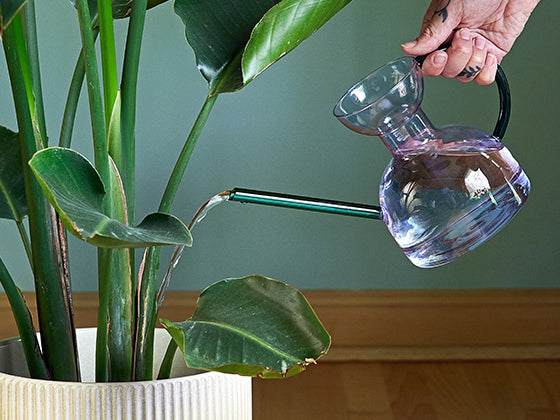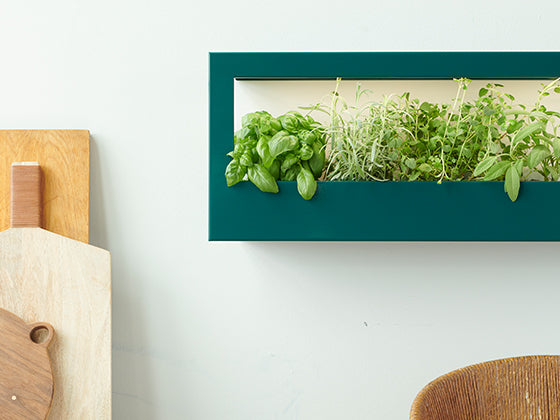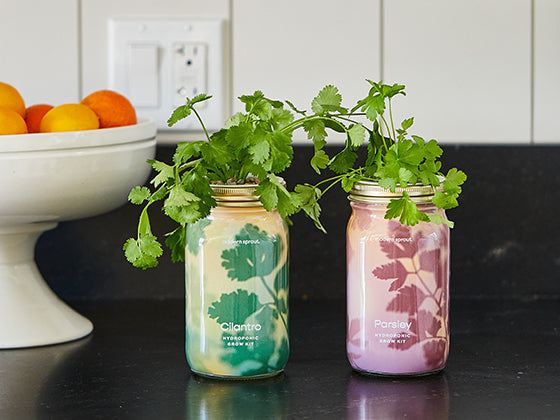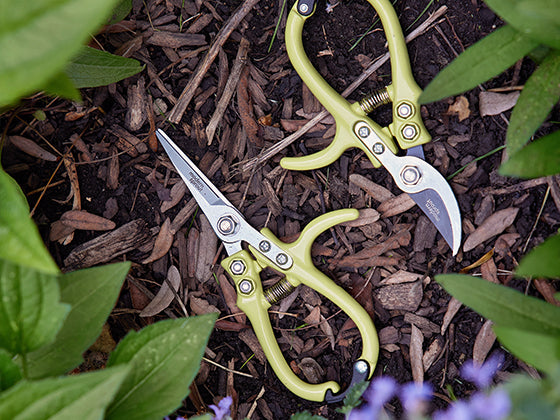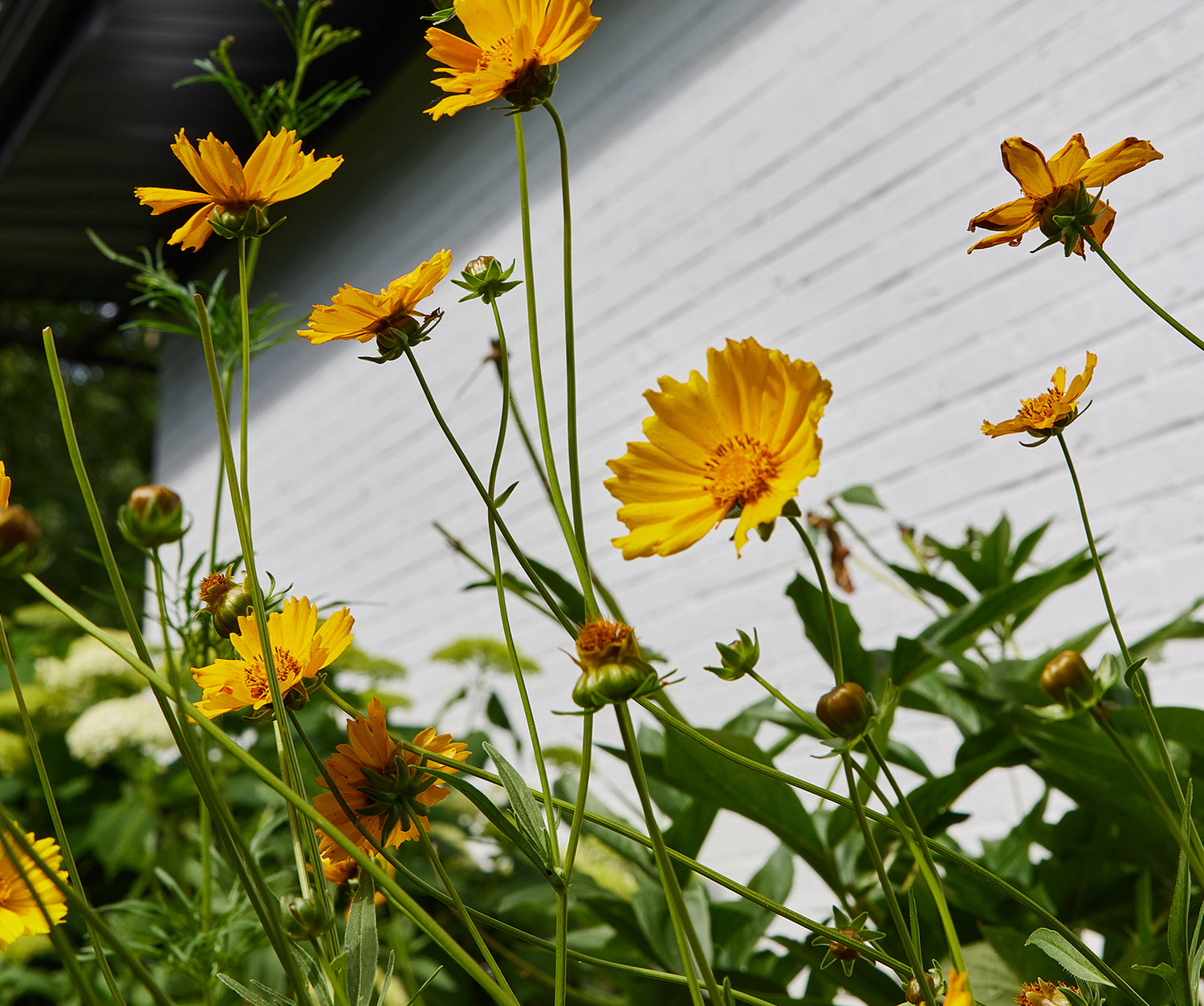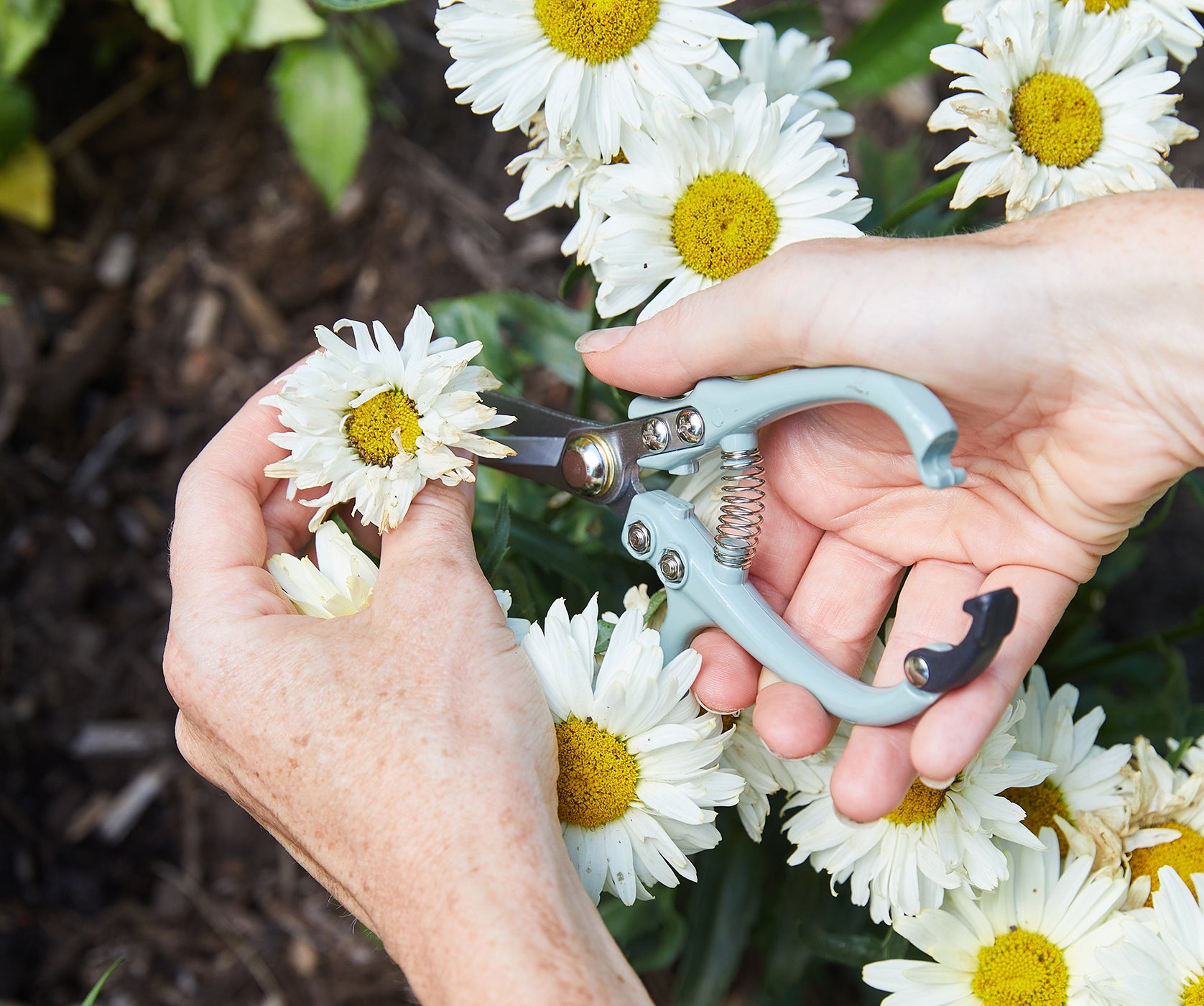Autumn is not just about pumpkin spice. Don’t get us wrong, we love all the flavors and foliage of fall! But we also love all the benefits fall brings for planting wildflower seeds. It’s a great time of year to get your perennial wildflowers seeds in the ground.

Here are three reasons to go all in on autumn wildflower seed planting.

Natural Stratification
When it comes to wildflowers, we say the more the better. One way to improve germination rates – and your blooms – is through fall seed planting.
Many wildflower seeds require a period of cold dormancy, known as stratification. This breaks their seed coats and triggers germination.
When plants are growing in the wild, stratification happens as part of the plant life cycle. When you’re the one bringing the wildflowers to your outdoor spaces, nature can use a little help. By planting wildflower seeds in the fall, you help fall mimic the natural seasonal cycle, which allows seeds to experience winter conditions. Cold dormancy leads to better germination rates in the spring.

Early Spring Growth
Take the guesswork out of planting times in spring. Seeds planted in the fall are already in place and ready to germinate as soon as the soil warms in the spring.
Planting in fall gives wildflowers a head start on spring growth compared to spring-planted seeds. By the time summer is in its full glory, you've got stronger, more established plants.

Less Watering Required
Fall planting typically coincides with cooler temperatures and more consistent rainfall.
By opting to plan in those conditions, you can reduce the need for supplemental watering. Seeds establish themselves with less fuss on your part. Saving time and water sounds good to us!
One more tip: When we say wait till fall, we mean it! Plant your wildflower seeds after a few frosts and once the ground is below 50°F. Waiting till these conditions are met prevents your seeds from germinating early.


